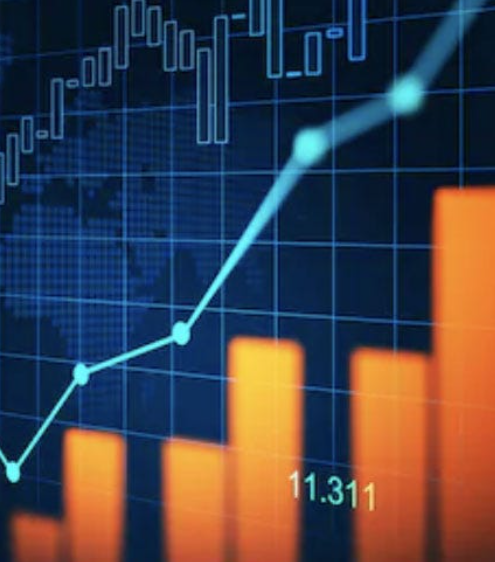In the realm of trading, the effectiveness of a signal is paramount. It’s not just about predicting market movements but also about translating those predictions into tangible profits. Let’s delve into the key aspects that determine the quality of a trading signal.
Understanding Predictive Power
At its core, a trading signal should offer a reliable indication of future market behavior. This predictive capability is essential for making informed trading decisions. To assess this, traders often employ statistical measures:
- Linear Correlation: Evaluates how closely the signal aligns with actual market returns.
- Classification Accuracy: Determines the signal’s ability to correctly predict market directions, especially useful for binary outcomes.
- Confusion Matrix Metrics: Provides insights into true positives, false positives, and other classification outcomes, offering a detailed view of prediction accuracy.
It’s crucial to remember that a signal’s predictive power doesn’t guarantee profitability. Market dynamics, transaction costs, and other factors can influence outcomes.
Assessing Economic Value
Beyond prediction, a signal must demonstrate its worth in real-world trading scenarios. This involves analyzing the signal’s contribution to profit and loss (PnL). Key metrics include:
- Sharpe Ratio: Measures risk-adjusted returns, indicating how much excess return is achieved per unit of risk.
- Sortino Ratio: Similar to the Sharpe Ratio but focuses solely on downside volatility, offering a clearer picture of negative risk.
- Calmar Ratio: Compares annual returns to the maximum drawdown, highlighting the trade-off between risk and reward.
- Omega Ratio: Assesses the probability of achieving returns above a certain threshold, providing a comprehensive view of potential gains versus losses.
These metrics help traders understand not just if a signal is profitable, but how efficiently it generates returns relative to the risks taken.
Integrating Predictive Power and Economic Value
For a holistic evaluation, it’s beneficial to consider both predictive accuracy and economic impact. Strategies include:
- Threshold-Based Filtering: Implementing minimum criteria for predictive metrics before considering economic value.
- Composite Scoring: Combining multiple metrics into a single score to rank and compare signals.
- Customized Evaluation: Tailoring assessment methods based on specific trading goals, such as prioritizing drawdown minimization or maximizing return consistency.
By integrating these approaches, traders can better identify signals that not only predict market movements accurately but also contribute positively to their trading performance.
In conclusion, evaluating a trading signal requires a dual focus on its predictive capabilities and its real-world economic impact. By employing a combination of statistical and financial metrics, traders can make more informed decisions, optimizing their strategies for both accuracy and profitability.
